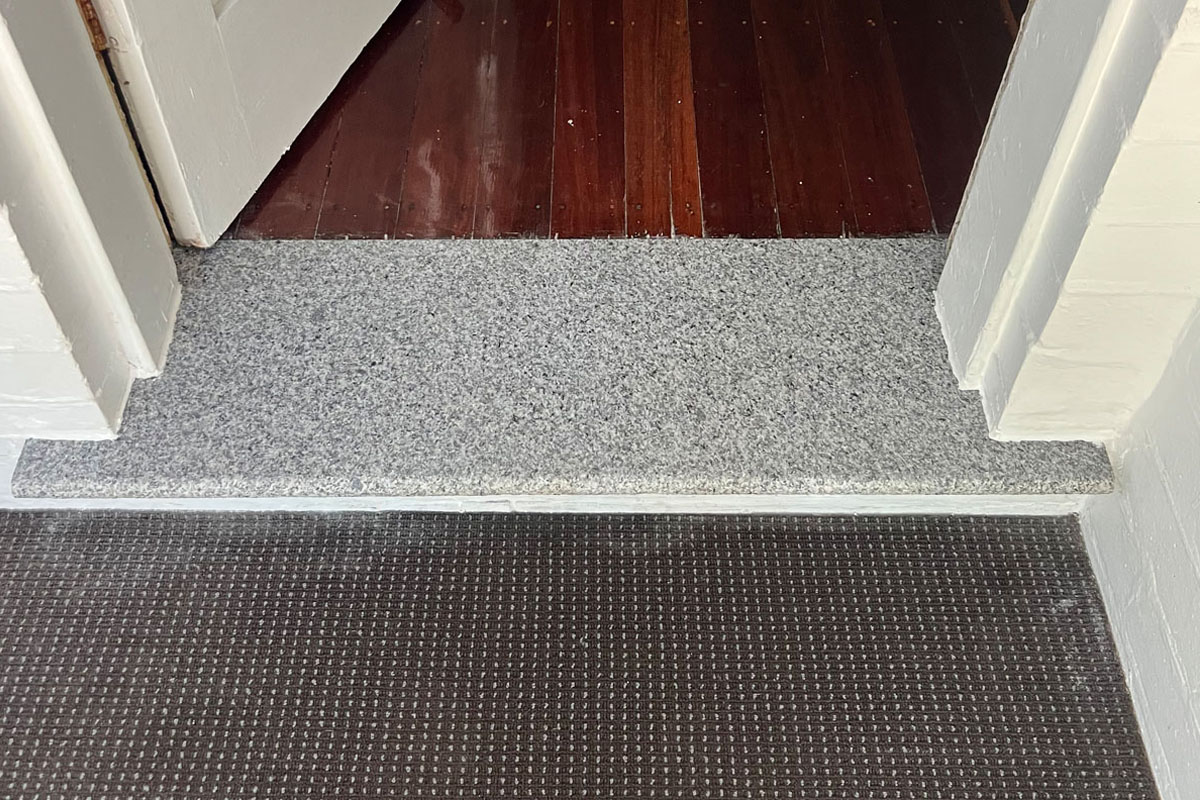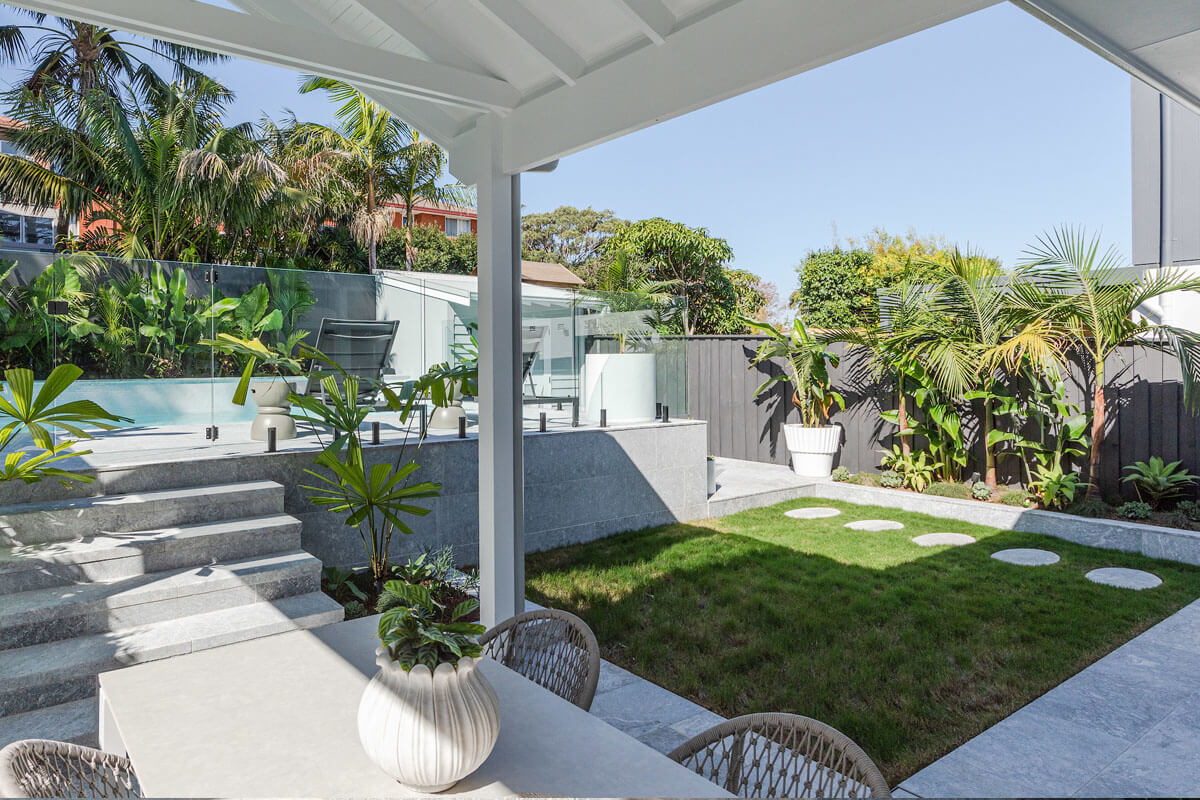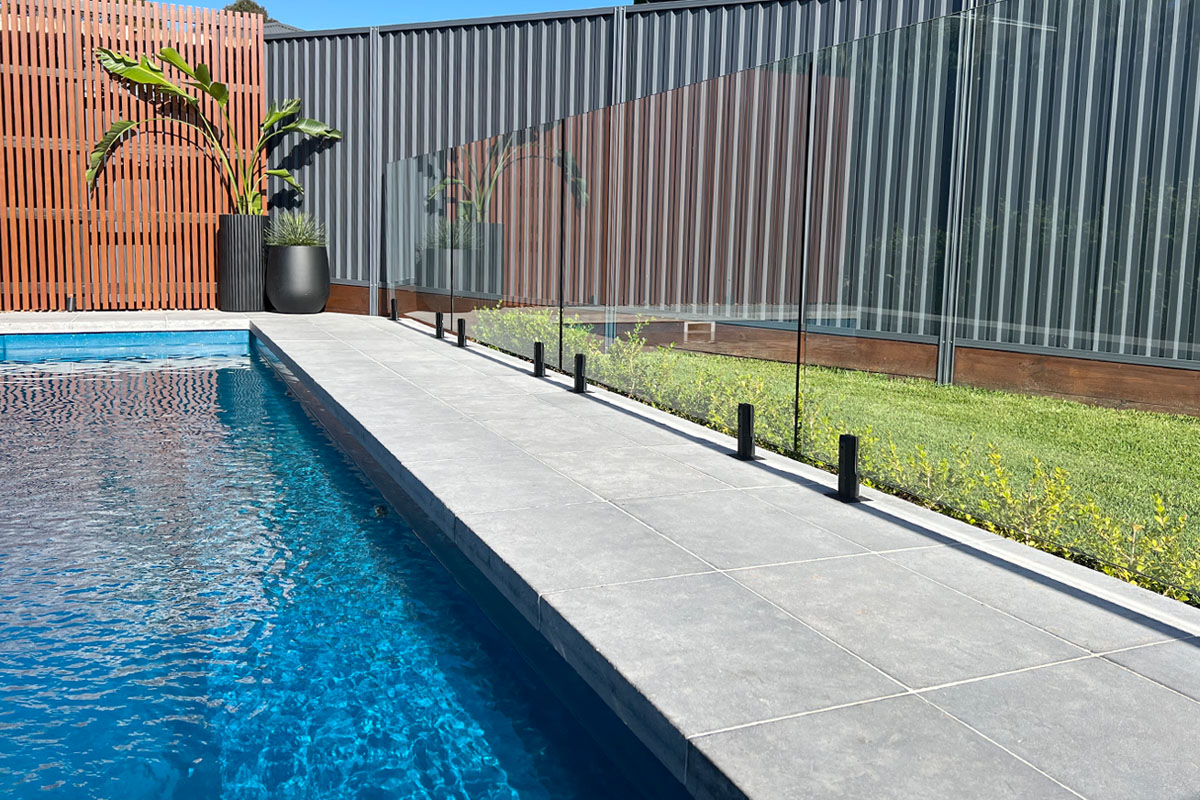10 Tips & Tricks to Make the Most of Your Small Garden
If you ask someone to describe ‘the great Australian dream’, most people will say something along the lines of having their own home with a big backyard.
However, with the population growing year on year and the available land increasing in demand and consequently decreasing in available size, this dream is becoming somewhat unattainable for the average family. As such, backyards are shrinking and most homes have little space for a barbecue, let alone a game of backyard cricket.
For some Australian’s – like iconic entrepreneur Dick Smith, a renowned sceptic of population growth – the disappearing backyard is a sad thing. However, for millions of other Australians, the new ‘norm’ of smaller yards is actually a positive – and welcomed -change.
Why?
Because much like a big house, a big garden comes with more responsibilities and also requires more time, money and energy spent on maintaining it.
The burden of the big garden
According to a 2016 survey completed by Swinburne University, the number of people dreaming of a big backyard has significantly dropped. In fact, when offered the option of a medium-density home with less space but in a good location with easy access to public transport, jobs and services, 48% of the survey participants said they would forego a big garden.
Though modern-day conveniences have made some things easier, they have had the opposite effect on the amount of free time most people have available. The average person is busier than ever and most cannot afford the luxury of spending two hours on mowing the lawn, weeding the garden or planting new vegetation. Due to extracurricular activities and increasing study load, children also have much less time available to play freely in the garden. As such, gardens are used less and – for most families -their size is not an important factor.
In saying that, you can still make the most of your smaller yard.
In the following article, we share 10 tips and tricks to maximally utilise whatever space you have available.
Let’s get started!
Tips and tricks for small gardens
Space-saving solutions, such as vertical gardens, statement pot plants and climbing vines are all great examples of how you can push the boundaries and create an ideal oasis out of even the smallest yard. All you need is a touch of imagination and a few handy tricks and tips up your sleeve, starting with:
1. Screening plants
Inner-city living usually means that houses are tightly packed together and built in such a way that one garden often overlooks the neighbours. If you’re someone who likes their privacy, screening plants are a bold (and effective) way to claim it back! Bamboo is one of the most popular screening plants and the Bambusa Textilis Gracilis (slender weavers bamboo) is typically a popular choice for homes with limited space. Bamboo has a rapid growth rate and will stay green all year round. For best screening results, we recommend planting the bamboo 0.6m to 1m apart depending on how thick you want your foliage. Just a word of caution: as bamboo sets its roots deep into the soil, make sure to check that it won’t affect any pipes or plumbing.
2. Walled gardens
Vertical or walled gardens/gardening are becoming increasingly widespread with plenty of inspiration and DIY tips that can easily found online (here’s one we wrote earlier). Installing a vertical garden can give your yard a unique touch, showcasing texture, colour and vibrancy in exquisite ways. If you want to optimise your space in the most artistic way possible and have the flexibility of creating a design as simple (or as complex) as you desire, vertical gardens are the best way to do this. You could create an edible garden using planter boxes, or hang pots from chicken wire to keep the view, or build a living wall of leaves and even make an artwork out of succulents: the options are truly endless! If you really want the foliage to pop, paint the wall behind the garden a Dulux Monument colour to create a beautiful contrast between the green and grey. And if you’re really up for a challenge, you can train star jasmine to grow up a grid of stainless steel wire. This feminine touch will soften the harsh architectural features of a closed-knit courtyard.
3. Bright colours
You really don’t need a big garden to make it bold and dramatic. One way to really utilise the space is by incorporating colour throughout your yard. Whether you choose a recurring colour as a focal point for the space or change the colour scheme depending on the season: colour can really add excitement to your garden, no matter its size. A little gardening trick from seasoned and professional gardeners is to plant your chosen flowers and fauna in layers so that whatever their chosen colour, it runs horizontally through the space. Outdoor rugs are another excellent way to give the space warmth and texture and if you’re into bohemian aesthetic, you can easily re-create this design using bold colours, adding a series of potted plants or transforming your plain concrete patio into an inviting oasis fashioned with bright blues, greens and cobalt hues.
4. Compact furniture
If you have a small garden or yard, it’s important to carefully consider its main purpose and how you plan on using it. For example: will you be using it for outdoor eating, entertaining and hosting dinner parties with family and guests? Or, will you be using it mainly for your own relaxation and recreational purposes? Will kids and pets use the space? If so – how often and in what way? Answering these questions will help you choose the most appropriate furniture for your space.
There are some gardens that – despite their small size – manage to fit in an outdoor pool and outdoor furniture for different activities. It all depends on choosing the right items and then installing them in an ergonomic manner. So whether you want to have a dining table for eating, a sofa and chairs for entertaining, a chaise for lounging or even bar stools for chatting and eating at an outdoor kitchen bench: consider your space, how you will use it, and then design and invest accordingly.
5. Bring the outside in and the inside out
One way to alleviate the attention from the size of your small garden is by creating a seamless transition between the inside and the outside of your home. One way to do this is by installing large glass windows and doors that slide all the way open because they will blur the boundary between the two spaces, and often completely remove the separation. Another way to achieve this is by installing the same floors and pavers outdoors, as you have indoors. For example, if you have travertine tiles in your kitchen, installing travertine stone pavers for your patio will elongate the space and give the illusion that the backyard is bigger than it actually is. Complete the space by adding cushions in a similar style and voila! No one will even notice the size of your yard because they’ll be too busy appreciating the general aesthetic and cosy ambience.
6. Plant thoughtfully
Choosing the right plants for a small garden is especially important because the wrong species can easily overwhelm a space or crowd other plants. In saying that, don’t let this put you off planting because flowers and shrubs are a great way to have your small garden feel like it packs a punch.
One good trick of the trade is layering the plants in height order. For example, you can group low, medium and taller species together and create a garden horizontally, instead of vertically. If you have a more urban-looking garden, soften it by planting a Michelia whose beautiful flowers, ranging from white to soft pink, will really contrast the concrete jungle. For a more tropical feel, a Cycad is perfect for a medium-height plant and the Miss Muffet plant – a hardy shrub with a naturally tufted shape, glossy green leaves and fragrant cream flowers in spring – is perfect for the lower level. Whether you choose to layer Miss Muffet or not, it’s a fantastic bedding plant for small gardens because it withstands sun and shade and looks great all year round.
7. Attract wildlife
A garden without wildlife is like a body without a soul and the good news is you don’t need to have a large space to create the ideal wildlife paradise in your backyard. Simple ways you can attract wildlife include installing a DIY bird feeder or even adding a beautiful bird bath. Alternatively, create an insect hotel with a rock garden and keep fresh water out at all times for the possums, birds, butterflies and bees. You can also easily attract ladybugs, butterflies and bees by planting colourful flowers and shrubs in all sizes, scents and colours.
8. Keep it tidy
Clutter has a way of making any space – no matter how big or small – look even smaller. This is why it’s important to keep your garden neat and tidy because negative space gives the eyes a place to rest and instantly gives the illusion of spaciousness. Some ways to keep the place tidy are by planning your storage into the design and keeping hedges and shrubs regularly trimmed. In Autumn, remove any loose leaves and refresh plants with fresh fertiliser. Prune any damaged limbs on trees and always put your gardening tools away when you’ve finished using them. When designing and planting your garden, make sure to space them out so they’re not overcrowded either.
9. Raise planting areas
A very simple way to create more space in your small backyard is by elevating your plants using natural stone retaining walls. Combine your natural stone feature wall, with a stone staircase and use this space to plant vegetation, allowing the eye to naturally travel from one plane to another. This simple trick creates a visual illusion of space.
10. Cultivate a kitchen garden
Contrary to what you might believe, growing a vegetable patch doesn’t require a lot of space. As long as your garden gets sufficient sunlight (roughly six to seven hours a day), you can pack a heap of edibles into a small garden. In case you want to simplify your life, 20 small pots are much easier to maintain than vegetation planted across an acreage. You can also save space by planting runner beans and peas on upright frames and growing tomatoes and herbs in a vertical garden setting using planter boxes.
And there you have it: ten simple and effective ways to make the most of your small garden.
All you need to do is apply a little planning, carefully consider your design, and add the appropriate colour, plants and furniture and your small space will transform into the perfect oasis for relaxation and entertainment.
If you want any more information on the above tips, or would like some guidance with choosing the natural stone pavers to install in your small garden patio, contact the team of stone experts at Armstone. We have over 10 years of experience with helping everyday homeowners like you bring their projects to life.
We love this stuff and would love to help you in whatever way we can.


